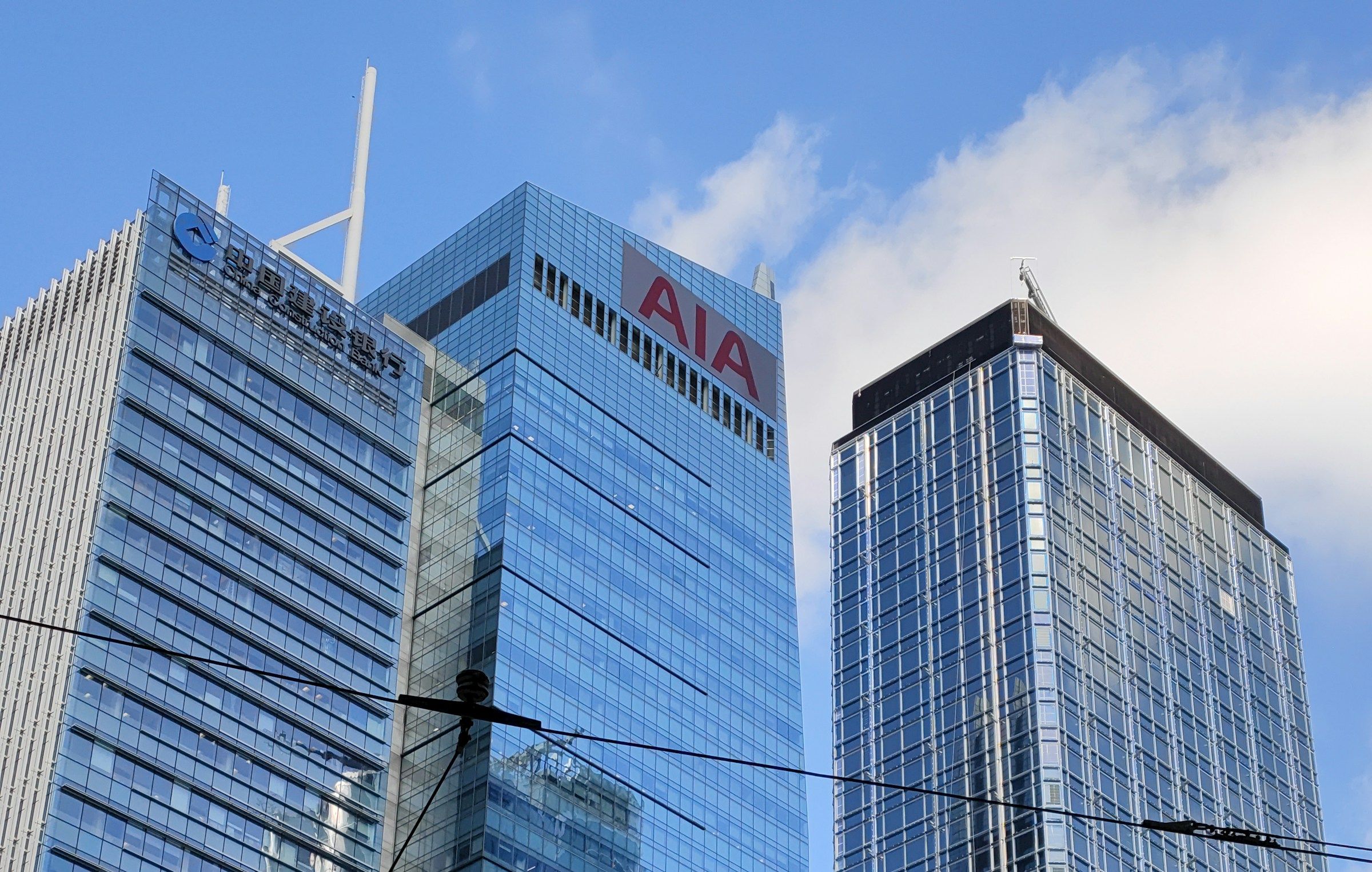AIA profit rises 12% is a tidy headline for a broader strategic picture. The insurer’s first half shows the cross-border Hong Kong model back at scale, while mainland China delivers steadier domestic gains. The combination lifts growth without overextending risk, but it also concentrates momentum in a channel exposed to currency, travel, and regulatory variables. For strategy leaders, the question is not whether the sales impulse is real. It is how AIA converts visitor-led demand into repeatable value across cycles. AIA reported value of new business of US$2.84 billion, up 14 percent year on year, with Hong Kong leading and mainland China contributing mid-teens growth on a constant currency basis. The company lifted its interim dividend by 10 percent to 49 Hong Kong cents per share. Operating profit after tax rose 12 percent per share.
The geographic split matters. Hong Kong was the biggest contributor, with VONB up 24 percent to US$1.06 billion, and sales to both local customers and visitors from mainland China climbing by strong double-digit rates. Mainland China delivered a 10 percent VONB increase, reinforcing that growth is not only a tourism story. This two-track engine explains the earnings print and the confidence to raise the dividend. It also suggests management is leaning on diversified distribution and product mix to sustain margin conviction rather than chasing volume alone.
The mechanics behind the rebound are instructive. Mainland visitors continue to use Hong Kong as an offshore insurance and savings hub, a behavior amplified by yield differentials and product breadth. That traffic has returned sufficiently to reset the sales base for leading brands, with AIA’s Premier Agency and bank partners absorbing demand efficiently at scale. Management credits its core agency channel for a 17 percent VONB increase and emphasizes technology-driven productivity gains. The point is less about buzzwords and more about throughput. When the front line can quote, underwrite, and service faster, travel-driven spikes convert into booked value rather than bottlenecks.
The sustainability test is next. Visitor-led growth is high quality when it pairs long-duration products with healthy margins and low lapses. It is fragile when it leans on short-term rate chasing or currency opportunism. Here, AIA’s numbers argue for discipline. The 3.4 percentage-point improvement in VONB margin to 57.7 percent indicates pricing power and mix control. Underlying free surplus generation also rose 10 percent per share, which points to real cash economics rather than headline sales. The capital ratio at 219 percent and US$3.71 billion returned to shareholders through dividends and buybacks signal balance-sheet room to keep compounding.
Regional context adds clarity. AIA is not the only insurer benefiting from the reopened Hong Kong-mainland corridor. Prudential’s first-quarter update flagged double-digit new business profit growth in Hong Kong across both domestic and Mainland Chinese Visitor segments. That parallel underscores a structural tailwind for the category rather than a single-company anomaly. The difference is throughput and scale. AIA’s agency density and bank distribution breadth reduce execution risk when travel ebbs or policy settings shift.
None of this eliminates policy risk. Cross-border insurance remains sensitive to capital controls, sales-practice enforcement, and currency swings that affect perceived value. Mainland demand can cool if RMB stabilizes at stronger levels or if domestic wealth products become more competitive. Visitor volumes can plateau even while average ticket sizes hold up. Those are not current headwinds, but they are part of the strategic horizon companies must design around. The industry data through the past year shows that Hong Kong life sales reached record levels with mainland buyers a meaningful share. The lesson is to use the current window to deepen post-sale engagement and retention, not just to book first-time policies.
On the earnings architecture, the most notable signal is compounding, not a one-off lift. Management’s OPAT per share growth of 12 percent sits within a stated 2023–2026 CAGR target of 9 to 11 percent. VONB growth of 14 percent across 13 of 18 markets reveals breadth beyond the Hong Kong spike. The 10 percent dividend increase is consistent with a progressive policy anchored in underlying free surplus, not engineered payout. Taken together, these elements describe a franchise building durable earnings from layered new business, rather than chasing quarter-to-quarter optics.
What this says about the market is straightforward. The cross-border channel remains a competitive advantage for Hong Kong and for AIA’s platform specifically, but the long-term value will be set by how effectively those policies transition into sustained customer relationships and multi-product penetration. The discipline in margin, cash generation, and capital returns suggests management is treating the visitor surge as a structural opportunity with cyclical features, not as a sugar high. That is the right posture. The growth looks strong. The resilience will be decided by retention, product depth, and how much of today’s travel-led demand becomes tomorrow’s recurring premium.







.jpg&w=3840&q=75)
.jpg&w=3840&q=75)


-1.jpeg&w=3840&q=75)


.jpeg&w=3840&q=75)